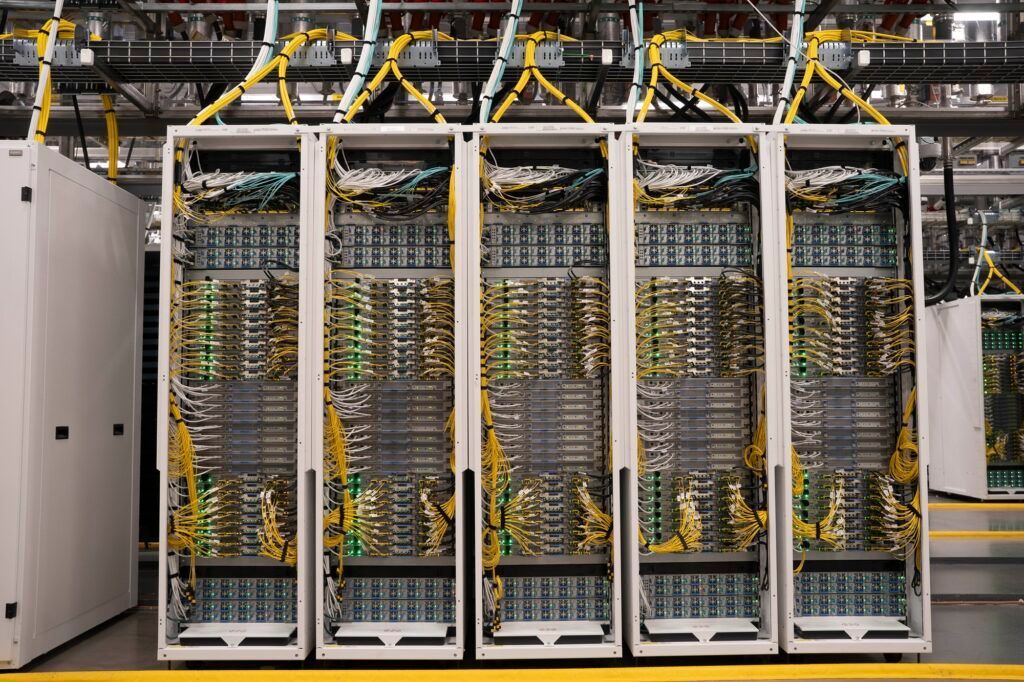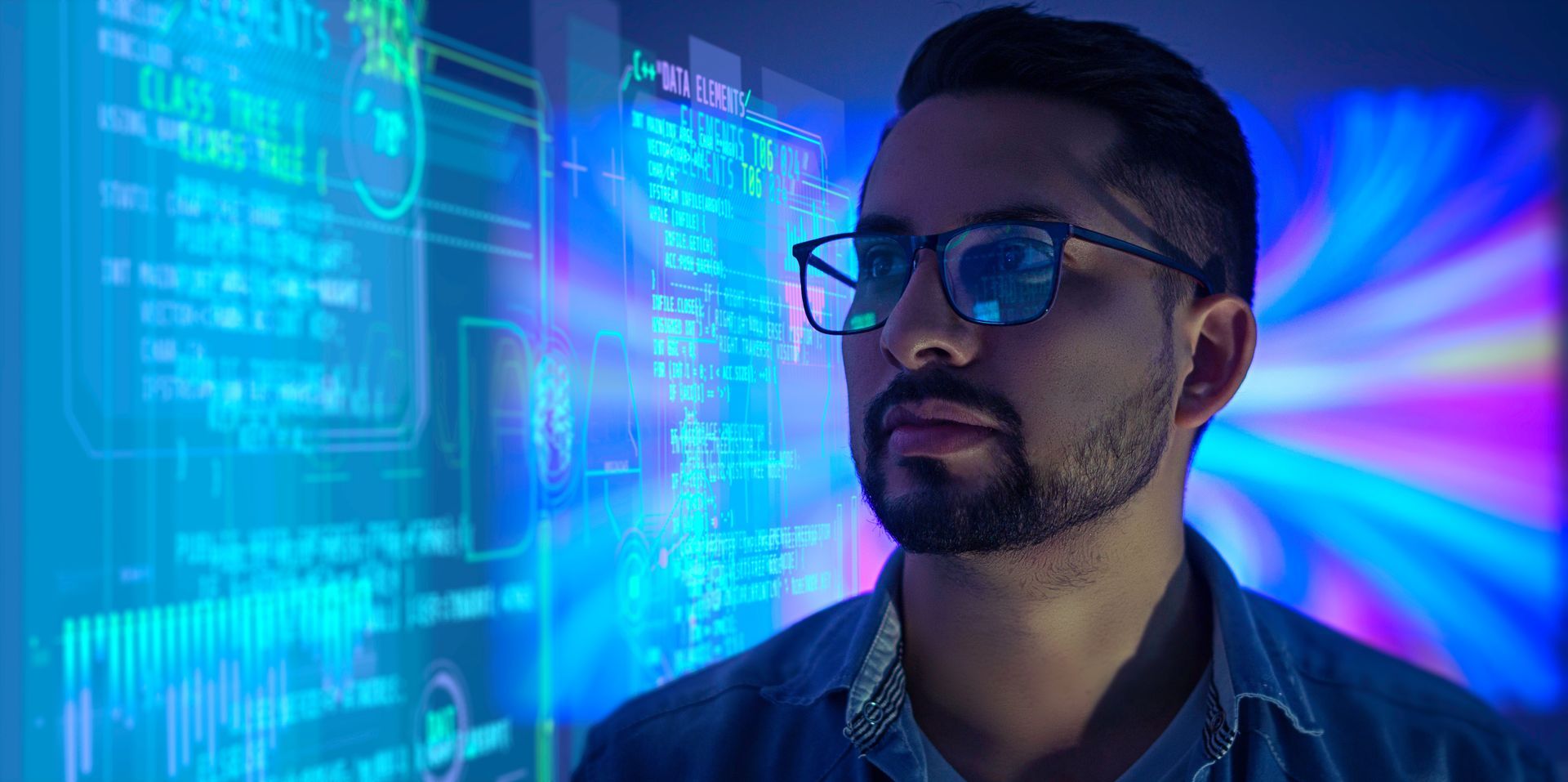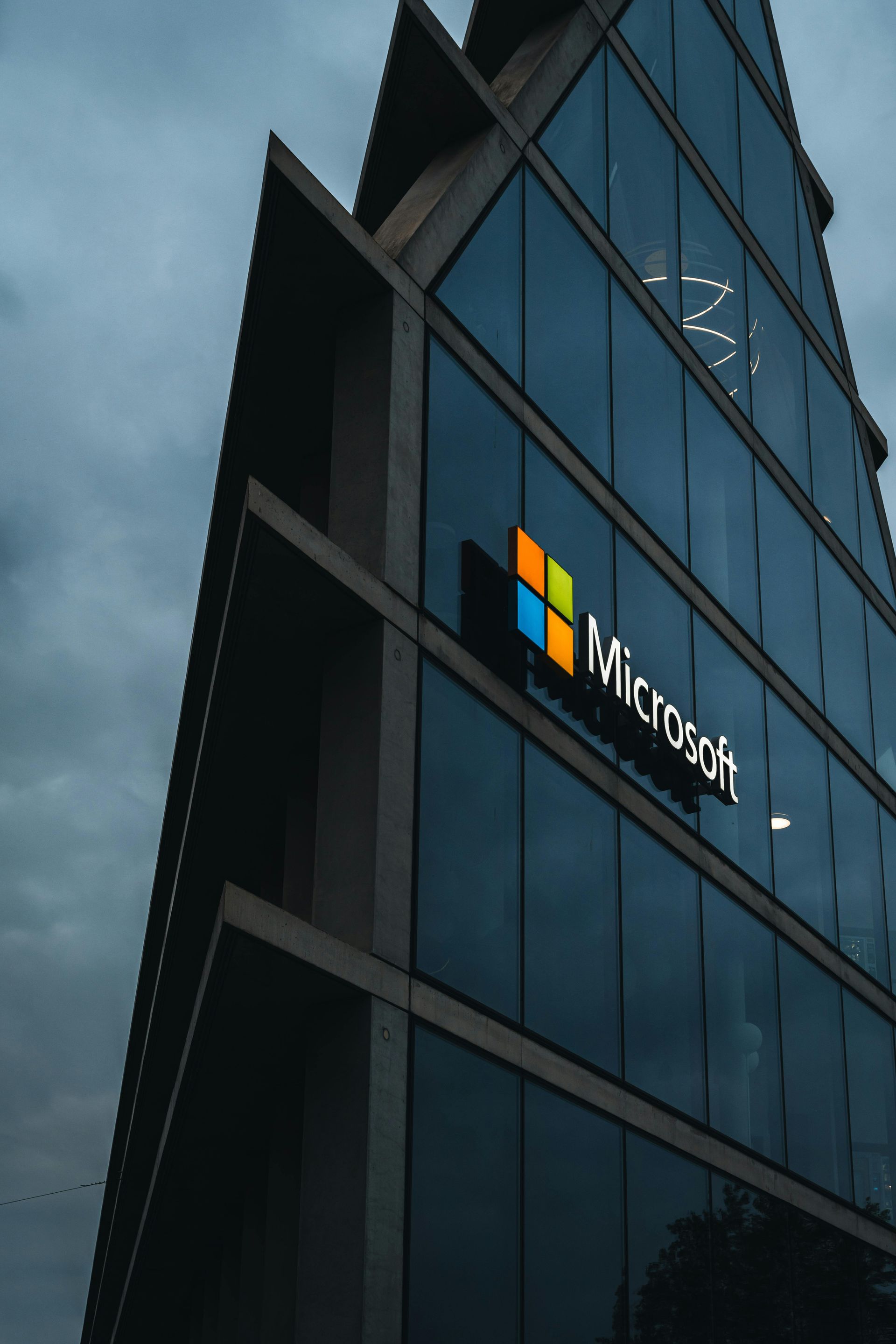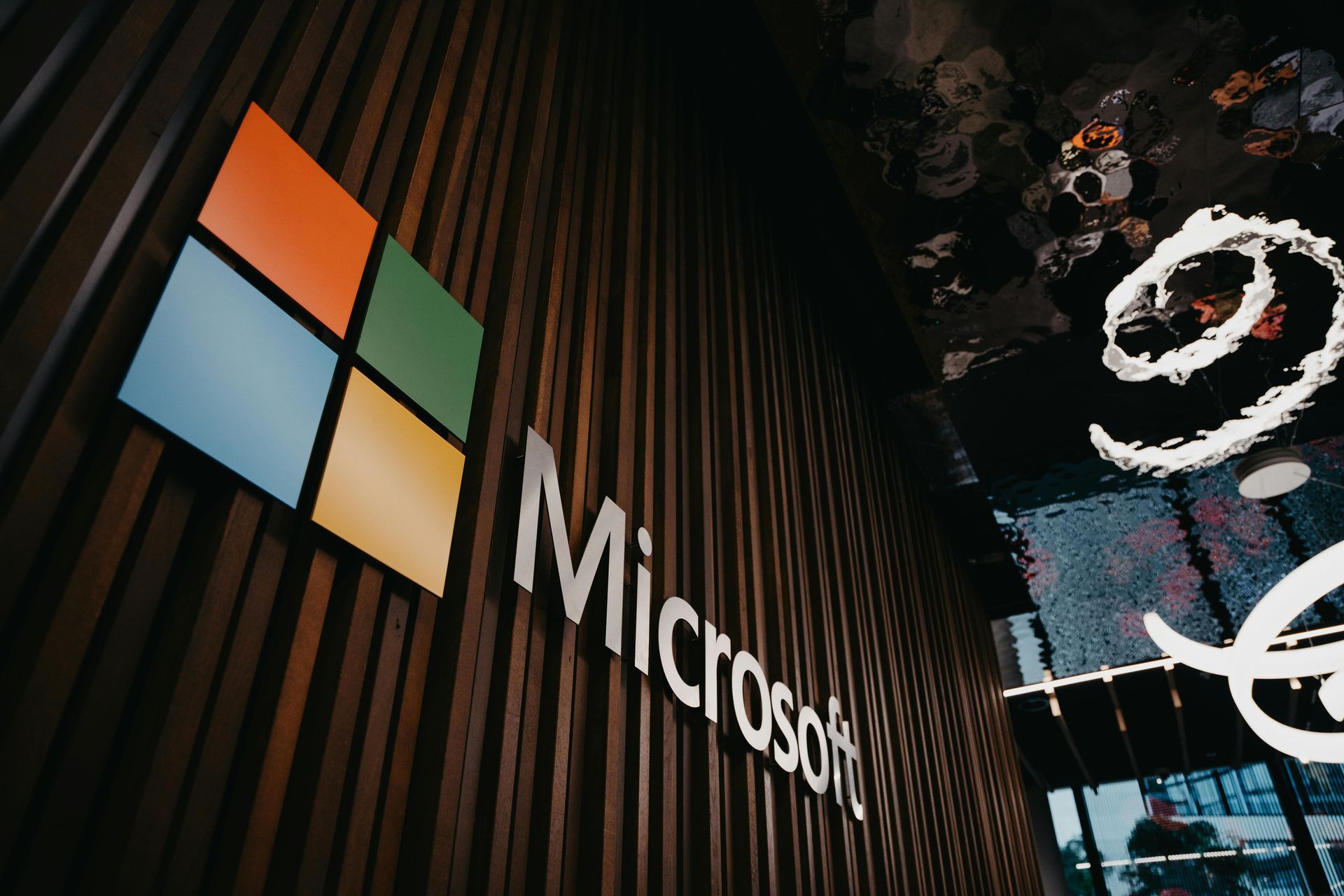Microsoft Builds First AI Superfactory: Connecting Datacentres from Wisconsin to Atlanta
Microsoft has unveiled its first "AI superfactory" - a revolutionary approach to cloud infrastructure that connects multiple datacentres across vast distances to function as a single, unified AI training system. The innovation marks a significant shift in how hyperscale computing infrastructure can be architected.

The Superfactory Concept
Traditional datacentres operate as standalone facilities. Microsoft's AI superfactory takes a fundamentally different approach, linking datacentres in Wisconsin and Atlanta—over 1,000 kilometres apart—to work as one coordinated system for training large AI models.
This distributed architecture allows Microsoft to aggregate computing power across geographical boundaries, effectively creating a virtual supercomputer spanning multiple physical locations. The approach addresses challenges including power availability, cooling requirements, and the practical limits of concentrating massive computing resources in single locations.
Technical Innovation
Connecting datacentres separated by such distances requires solving complex networking and coordination challenges. AI model training involves constant communication between processors, with compute nodes continuously exchanging information about weights, gradients, and training progress.
Microsoft's engineering innovations overcome these limitations, enabling the low-latency, high-bandwidth networking necessary for effective distributed AI training. Rather than building increasingly enormous single-site datacentres, Microsoft can leverage existing facilities and network connectivity to create virtual supercomputers of unprecedented scale.
Strategic Implications
The superfactory approach addresses several strategic challenges. Power and cooling requirements for large AI training systems strain single-location capacity. By distributing workloads across multiple datacentres, Microsoft can tap into power grids and cooling infrastructure at different sites.
The architecture also provides resilience advantages. Distributed systems can potentially continue operating if one location experiences problems. For AI development, the superfactory enables training of larger models than might be practical in single datacentres.
The Broader Impact
Microsoft's superfactory announcement comes amid intense competition among cloud providers to build AI infrastructure. The Wisconsin-to-Atlanta system represents just the beginning—this architecture could be replicated and expanded, potentially creating even larger distributed AI training systems.
For the broader cloud industry, Microsoft's approach may signal a shift from the megadatacentre model toward distributed architectures that aggregate resources across multiple sites. The infrastructure enabling AI training becomes as important as algorithmic improvements in determining what's actually possible to build and deploy.
--
Altiatech is a Microsoft Partner, helping organisations leverage Microsoft cloud technologies including Azure for their digital transformation and technology requirements.












